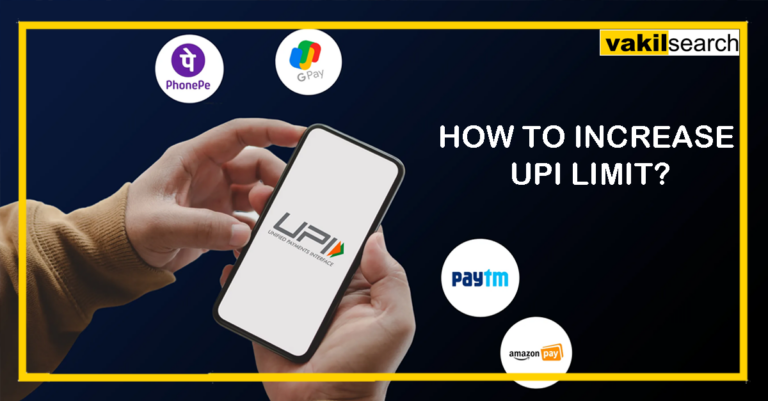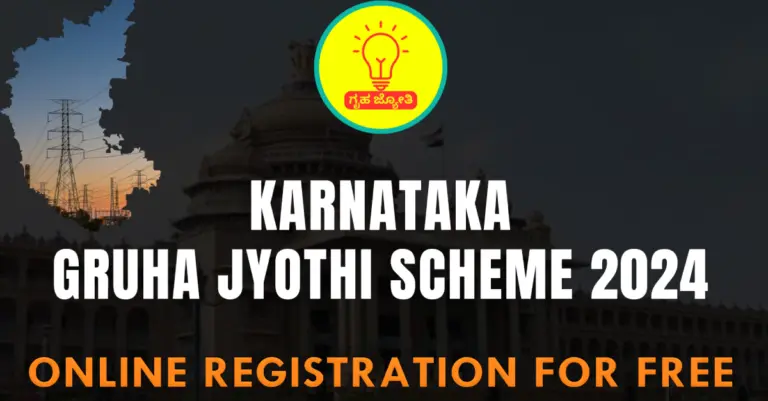Phase II of Grid-Connected Rooftop Solar Program introduced by MNRE, GoI with JAKEDA as nodal agency. Benefits, eligibility, and application process explained.
Details of Phase II of the Grid-Connected Rooftop Solar Programme
The Ministry of New & Renewable Energy (MNRE), Government of India (GoI), in collaboration with JAKEDA, has launched Phase II of the Grid Connected Rooftop Solar Programme. This initiative aims to achieve a cumulative capacity of 220MW, with 20MW dedicated to the Residential Scheme and 200MW for the Jammu Solar City ‘Solar City Mission’ in the Union Territory of Jammu & Kashmir.
Benefits of Phase II Of The Grid-Connected Rooftop Solar Programme
- Centralised monitoring platform for various Solar PV based plants
- Subsidy of 40% for 1-3Kw and 20% for capacities above 3Kw for consumers
- Hassle-free application process through the ‘National Portal For Rooftop Solar’ (http://solarrooftop.gov.in)
- Consumers only need to pay the Beneficiary Share, while the Central Financial Assistance (CFA) is directly disbursed to the Empaneled Vendor after proper inspection by JAKEDA.
Eligibility of Phase II of the Grid-Connected Rooftop Solar Programme
Both residential consumers and Group Housing Societies are eligible to apply for installing a solar rooftop system.
If you have an electricity connection under your name, regularly pay the electricity bill, and obtain permission from the roof owner for solar rooftop installation, you can proceed with installing the RTS.
PHASE-II Grid Connected Solar Rooftop Programme
The Phase-2 of the Grid Connected Roof top Solar program has been approved by the Cabinet Committee on Economic Affairs (CCEA). The goal is to achieve a cumulative capacity of 40 GW from Roof top Solar (RTS) projects by 2022, with a total Central Financial support of ₹ 11,814 Cr. This scheme will be implemented through the Electricity Distribution Companies (DISCOMs).
The components and incentives of the program are as follows:
Component A: Central Financial Assistance (CFA) to the residential sector – 4GW:
- CFA of 20% for capacities beyond 3 kWp and up to 10 kWp
- CFA of 20% for Group Housing Societies (GHS)/Residential Welfare Associations (RWA) with capacities up to 500 kWp (limited to 10 kWp per house and a total of up to 500 kWp)
- Use of domestically manufactured modules and solar cells
- CFA will be based on the benchmark cost of MNRE for the State/UT or the lowest cost discovered in tenders for that State/UT in that year, whichever is lower.
Component B: Incentives to DISCOMs – for the initial 18 GW Capacity:
- Progressive incentives for DISCOMs based on achievements above the baseline (the cumulative RTS capacity installed at the end of the previous financial year)
- No incentives for capacity addition up to 10%
- 5% incentives for addition beyond 10% and up to 15%
- 10% incentives for addition beyond 15%
- Solar Guidelines
Application Process of Phase II Of The Grid-Connected Rooftop Solar Programme
To install a rooftop solar system through the simplified procedure, applicants must apply via the National Portal. Registration on the National Portal requires an active mobile number and email address. Additionally, applicants need to download the SANDES APP to receive the OTP.
The following steps outline the entire process:
Step 1: Download the SANDES app and register on the National Portal. Provide necessary information such as the electricity connection number, email ID, and mobile number. The registration involves OTP authentication and activation through email. The applicant will receive an activation link via email, which contains the detailed procedure.
Step 2: After successful registration, submit the application for installing a grid-connected rooftop solar system at the residential house. The application form will be pre-filled with the entered information, and the applicant needs to provide additional details like name on the electricity bill, address, proposed rooftop solar system capacity, and any existing solar system details. Upload a copy of the latest electricity bill. Upon submission, the applicant will receive a copy of the application via email and can also download it from the portal after logging in.
Step 3: The application will be forwarded to the DISCOM for technical feasibility approval, following prevailing regulations. The applicant should proceed with the installation only after receiving feasibility approval from DISCOM. The approval or rejection will be communicated via email.
Step 4: Upon receiving feasibility approval, the applicant can proceed with the installation. It is mandatory to engage a vendor registered/empanelled with DISCOM for installing the rooftop solar system. The Ministry has specified minimum technical specifications and standards to be followed. The applicant can choose higher-quality equipment. Only domestically manufactured solar modules using domestically manufactured solar cells listed in the ALMM should be used. The inverter should also be BIS certified. An agreement between the applicant and the vendor is required to protect the applicant’s interests. A model format of the agreement is available on the National Portal under the Help Document section. The vendor must provide comprehensive maintenance for at least 5 years.
Step 5: After completing the installation, the applicant must submit project completion details for net-metering and approval. These details include the wattage, make and number of solar modules, make and wattage of the inverter, and the name of the vendor who installed the system. Upload a photograph of the system. The applicant also needs to apply for net-metering. The net-metering application will be forwarded to DISCOM, and the applicant must follow DISCOM’s instructions regarding payment of net-metering charges and signing the net-metering agreement.
Step 6: DISCOM officials will install the net-metre and inspect the system to ensure compliance with minimum technical specifications and standards.
Step 7: Upon successful inspection and net-metre installation, DISCOM will generate the commissioning certificate online.
Step 8: The applicant must provide bank details and upload a copy of a cancelled cheque. The central government subsidy will be directly released into the bank account by the fund handling agency. Details of the central government subsidy available under the simplified procedure can be checked on the National Portal.
Note: The applicant should also refer to the various informative materials provided in the Help Document section.
Documents Required for Phase II of the Grid-Connected Rooftop Solar Programme
Copy of the latest electricity bill
For more information, visit Vakilsearch!
Frequently Asked Questions
What is a Grid Connected Rooftop Solar PV System?
In a grid-connected rooftop or small solar photovoltaic (SPV) system, the DC power produced by solar panels is converted into AC power through a power conditioning unit/inverter and then supplied to the grid.
How much area is required for a 1 KWp Rooftop Solar PV System?
Typically, a rooftop system with a capacity of 1 kW requires approximately 10 square metres of unobstructed area. However, the actual area requirement may vary based on factors such as the efficiency of the solar modules and their placement.
What are the advantages of Grid-Connected Rooftop Solar System?
The benefits of rooftop solar systems include: Cost savings on electricity bills for consumers. Efficient utilisation of existing vacant roof space without the need for additional land. Short gestation period for installation and operation. Elimination of the requirement for additional transmission and distribution (T&D) lines. Reduction of T&D losses by colocating power consumption and generation. Improvement in grid voltages and alleviation of system congestion. Long-term energy and ecological security through reduced carbon emissions. Better management of daytime peak loads by DISCOM/utility. Fulfillment of Renewable Purchase Obligations (RPOs) for obligated entities.
What is the average cost of Grid Connected Rooftop Solar Systems?
To view the current benchmark cost of grid-connected rooftop solar systems, please visit the notifications section at https://solarrooftop.gov.in/notifications/view.
What are the subsidies/ capital support available from the government?
Central financial assistance, also known as subsidy, is exclusively available for grid-connected solar rooftop projects in the residential sector. Other sectors such as government, institutional, social, commercial, and industrial are not eligible for this assistance. The Central Financial Assistance (CFA) provided to the residential sector is as follows: CFA at 40% of the benchmark cost or 40% of the tendered rates (whichever is lower) for capacities up to 3 kWp. CFA at 20% of the benchmark cost or 20% of the tendered rates (whichever is lower) for capacities beyond 3 kWp and up to 10 kWp. CFA at 20% of the benchmark cost or 20% of the tendered rates (whichever is lower) for Group Housing Societies (GHS)/Residential Welfare Associations (RWA) with capacities up to 500 kWp (limited to 10 kWp per house and a total of up to 500 kWp). For calculating the CFA, the capacity of the PV plant will be based on the inverter capacity or the PV module capacity, whichever is lower. To avail the CFA, the PV modules and cells must be manufactured in India.
Read more










